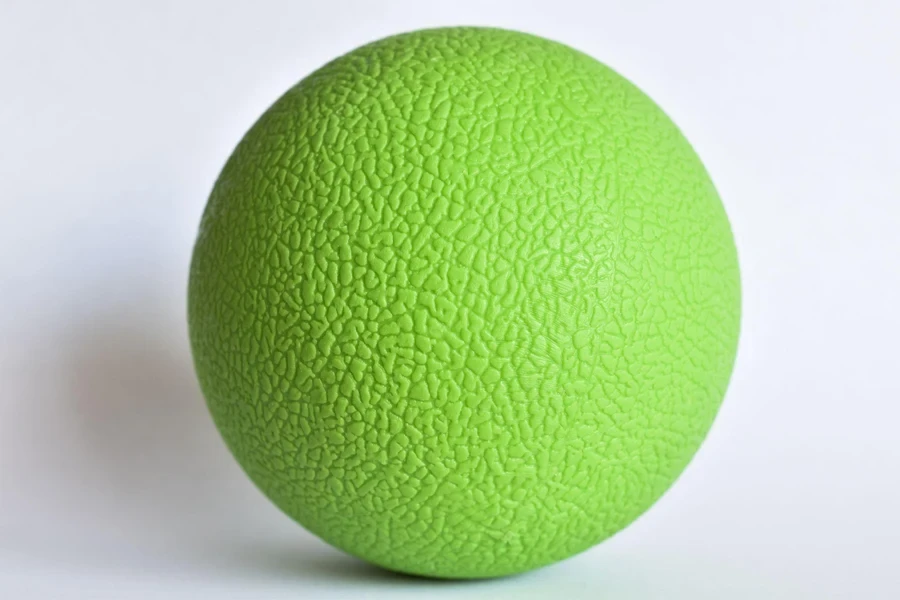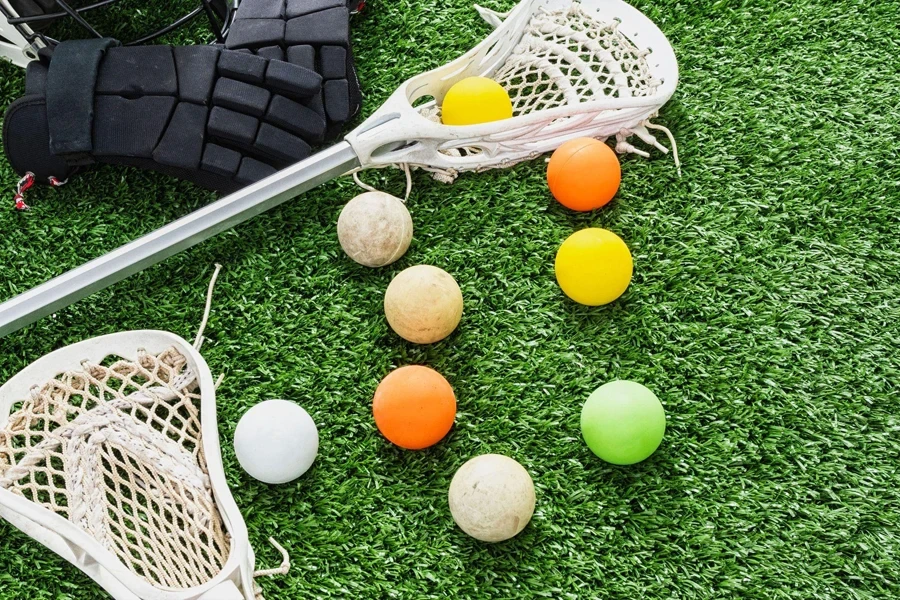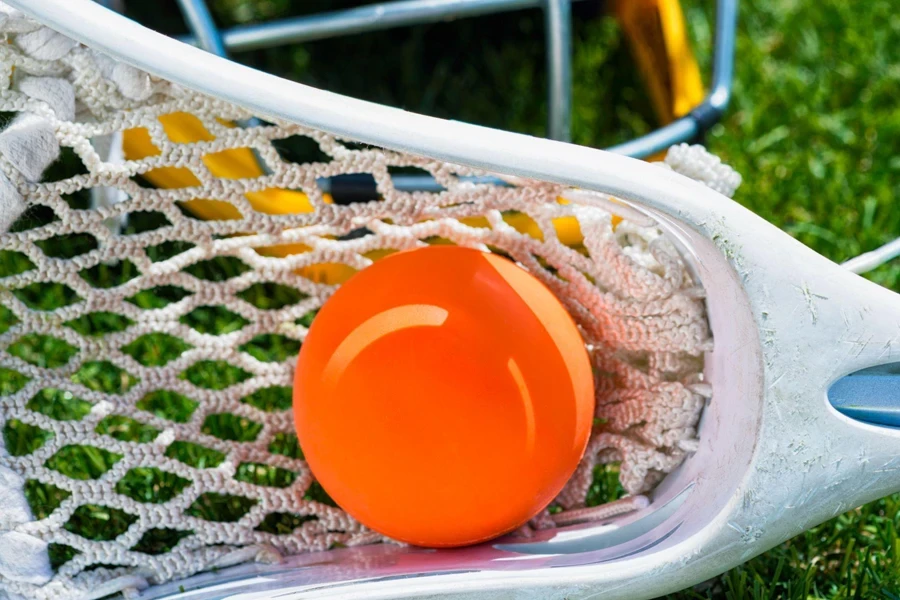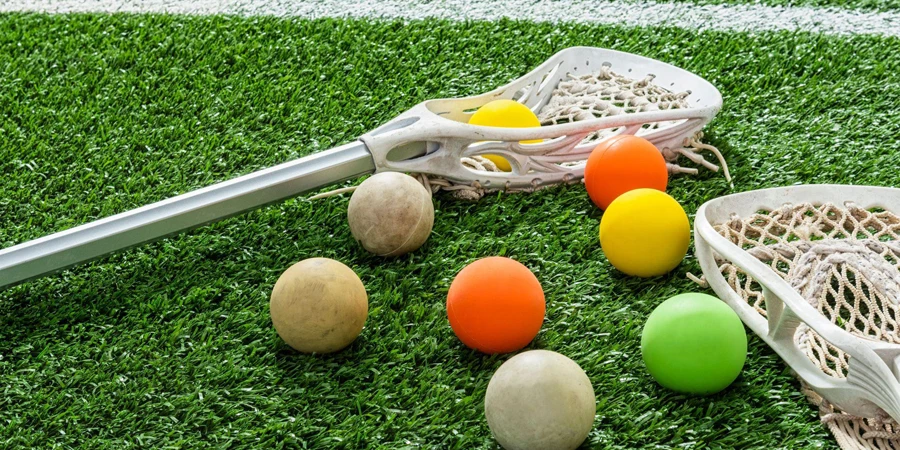Table of Contents
– Introduction to Lacrosse Balls
– Lacrosse Balls Market Overview
– Composition and Design
– Types of Lacrosse Balls
– Selecting the Right Lacrosse Ball
– Maintain and Care to Inform Buyers
– Innovation and Future Trends
– Common Myths and Misconceptions
– Conclusion
– Question
Introduction to Lacrosse Balls
Lacrosse balls are a crucial piece of equipment in the fast-paced, high-intensity sport of lacrosse. Choosing the right ball can significantly impact new players’ performance and the overall game experience. In this comprehensive guide, we’ll explore the history, composition, types, and key factors to consider when selecting the perfect lacrosse ball for business buyers’ needs.
Lacrosse Balls Market Overview
The global lacrosse balls market is experiencing steady growth, driven by increasing participation in the sport and expanding applications across various game levels. According to recent market research, the global lacrosse equipment market size reached US$ 312.5 Million in 2023 and is projected to reach US$ 521.2 million by 2032. This represents a compound annual growth rate (CAGR) of 5.67% during the forecast period of 2024-2032.The market is segmented by product(item) type, including hard and soft lacrosse balls, and by application, covering youth, high school, college, and professional games. This diversification allows manufacturers to cater to a wide range of lacrosse player needs and preferences.
Key players in the global lacrosse balls market include established brands such as Champion Sports, Maverik Lacrosse, STX, and Warrior, among others. These companies are likely to continue innovating and expanding their product offerings to maintain their competitive edge in the growing market. As the sport of lacrosse gains popularity worldwide, businesses operating in this sector can anticipate increased demand and opportunities for market expansion and great products in the coming years.
Composition and Design
Materials Used in Lacrosse Balls
Modern lacrosse balls are typically constructed from solid, vulcanized rubber, engineered for optimal performance and durability. The vulcanization process involves combining natural rubber with sulfur and other proprietary additives under high heat and pressure, resulting in a cross-linked molecular structure that enhances strength, elasticity, and resilience. Leading manufacturers employ advanced rubber compounds and precision molding techniques to achieve consistent weight, size, and bounce characteristics that meet stringent NOCSAE certification standards. Some innovative producers utilize specialized elastomers like crosslinked polyurethane to create “greaseless” balls that maintain their grip and performance over extended use.

Standard Sizes and Weight
According to the National Operating Committee on Standards for Athletic Equipment (NOCSAE), a lacrosse ball must meet the following specifications:
– Circumference: 7 3/4 to 8 inches (19.69 to 20.32 cm)
– Weight: 5 to 5 1/2 ounces (141.75 to 155.92 grams)
– Material: Solid rubber
– Bounce: 43 to 51 inches (1.09 to 1.30 meters) when dropped from a height of 72 inches (1.83 meters)
Manufacturing Process
Lacrosse balls are produced using state-of-the-art injection molding or compression molding techniques, employing precision-engineered molds and high-pressure systems. The proprietary rubber compound is heated to optimal viscosity and injected or compressed into cavity molds with tolerances of ±0.005 inches. Advanced thermal management systems ensure uniform cooling, preventing internal stress and maintaining consistent density throughout the ball. Post-production, each batch undergoes a multi-stage quality control process, including computerized weight verification (±0.1 oz), laser-guided circumference measurement, and automated compression-deflection testing. Balls are then subjected to high-velocity impact tests and coefficient of restitution analysis to guarantee compliance with NOCSAE, NCAA, and NFHS standards, ensuring optimal performance and player safety across all levels of competition.
Types of Lacrosse Balls
Official Game Balls
Official game balls must meet the NOCSAE, NFHS (National Federation of State High School Associations), and NCAA (National Collegiate Athletic Association) standards. These balls are designed for optimal performance and safety during competitive play. They are available in white, yellow, or orange colors.
Practice Balls
Practice balls are designed for training and skill development. While they may not always meet the exact specifications of official game balls, they are still made of durable rubber and offer similar performance characteristics. Practice balls come in a wider range of colors, including green, pink, and blue.
Specialty Balls
Specialty lacrosse balls cater to specific needs or preferences:
– Soft lacrosse balls: Made of softer materials, these balls are ideal for beginners or youth players.
– Weighted balls: Heavier than standard lacrosse balls, weighted balls are used for strength training and skill development.
– Glow-in-the-dark balls: These balls feature a phosphorescent coating that allows for low-light or nighttime play.
Selecting the Right Lacrosse Ball
Factors to Consider
When choosing a lacrosse ball, consider the following factors:
1. Level of play: Select balls appropriate for lacrosse players’ skill level and competition requirements (youth, high school, college, or professional).
2. Field surface: Some balls are designed for specific surfaces, such as turf or grass.
3. Climate: Opt for balls that can withstand the weather conditions in the respective area.
4. Personal preference: Consider factors like color, texture, and grip that suit the player’s playing style.

Certification and Standards (NOCSAE, NFHS, NCAA)
Procure lacrosse balls that meet or exceed the rigorous certification standards established by NOCSAE (National Operating Committee on Standards for Athletic Equipment), NFHS (National Federation of State High School Associations), and NCAA (National Collegiate Athletic Association). These certifications ensure precise specifications for weight (5.0-5.25 ounces), circumference (7.75-8 inches), and rebound consistency (COR between 0.60-0.70). Verify compliance by examining the “Meets NOCSAE Standard” stamp and the SEI (Safety Equipment Institute) certification mark on each ball. Be vigilant against counterfeit items by cross-referencing manufacturer and model information with the certified product list on the SEI website (www.seinet.org).
Maintenance and Care to inform the Buyers
Proper Storage
Store lacrosse balls in a climate-controlled environment with temperatures between 60-75°F (15-24°C) and relative humidity below 50% to maintain optimal performance characteristics. Utilize specialized ball carts or stackable storage lockers with elastic straps to prevent deformation and maximize space efficiency. Avoid prolonged exposure to UV rays, extreme temperatures, or moisture, as these factors can accelerate rubber degradation, compromising the ball’s NOCSAE certification standards. Implement a first-in-first-out (FIFO) inventory system to ensure consistent ball quality and minimize the risk of using non-compliant equipment during official play.
Cleaning Tips
Implement a systematic cleaning protocol for lacrosse balls using a pH-neutral, non-residue-forming detergent and lukewarm water (60-75°F) to effectively remove accumulated dirt, grass stains, and body oils without compromising the ball’s NOCSAE-certified performance characteristics. Utilize soft-bristled brushes or microfiber cloths to gently agitate the surface, paying particular attention to the seams and textured areas. Avoid caustic solvents, petroleum-based cleaners, or abrasive materials that could degrade the rubber compound or alter the ball’s coefficient of restitution. For high-volume operations, consider investing in automated cleaning systems that offer consistent results while minimizing labor costs and water usage.
When to Replace the Lacrosse Ball
Replace lacrosse balls when they show signs of wear, such as cracks, chips, or significant color fading. Damaged balls can affect performance and pose safety risks. Most manufacturers recommend replacing balls after about a month of regular use to acquire fresh lacrosse balls.

Innovations and Future Trends
Technological Advancements
Lacrosse ball manufacturers are continually researching and developing new materials and technologies to enhance performance and durability. Some recent innovations include:
– Textured surfaces for improved grip
– “Greaseless” formulas that maintain a tacky feel over time
– Smart balls with embedded sensors for tracking and analysis
Environmental Considerations
As environmental awareness grows, some manufacturers are exploring eco-friendly materials and production methods for lacrosse balls. Biodegradable or recycled rubber compounds may become more common in the future.
Potential Changes in Regulations
Governing bodies like World Lacrosse and the NCAA regularly review and update equipment standards to ensure lacrosse player safety and fair play. Changes in regulations could lead to new ball specifications or requirements in the coming years.
Common Myths and Misconceptions
Myths about Material and Performance
One common myth is that lacrosse balls contain a metal or cement core. However, modern lacrosse balls are solid rubber all the way through. Another misconception is that the color of the ball affects its performance, but color is primarily a matter of preference or visibility.
Misconceptions about Safety
Some people believe that harder lacrosse balls are safer, but this is not true. Balls that are too hard can actually increase the risk of injury. Stick to balls that meet the official standards for the appropriate level of play would help pro players avoid injury when they return to the regular season each year.

Conclusion
As lacrosse continues to grow in popularity worldwide, the demand for high-quality, performance-driven lacrosse balls will only increase. Manufacturers will likely continue to innovate and push the boundaries of ball design, while governing bodies will work to ensure player safety and maintain the integrity of the sport. By understanding the key factors to consider when selecting a lacrosse ball and staying informed about the latest developments, players and coaches can make informed decisions and elevate their game to the next level.
Question: How does a lacrosse ball compare to a tennis ball?
A lacrosse ball is significantly firmer and heavier than a tennis ball, making it better suited for deep tissue massage and targeting muscle knots. While both are similar in size (about 2.5 inches in diameter), a lacrosse ball is made of solid rubber, whereas a tennis ball is hollow and covered in felt. Lacrosse balls provide more intense pressure and are more durable for repeated massage use. Tennis balls offer a gentler massage experience and are better for sensitive areas or beginners. The choice between the two depends on personal preference and specific massage needs.




